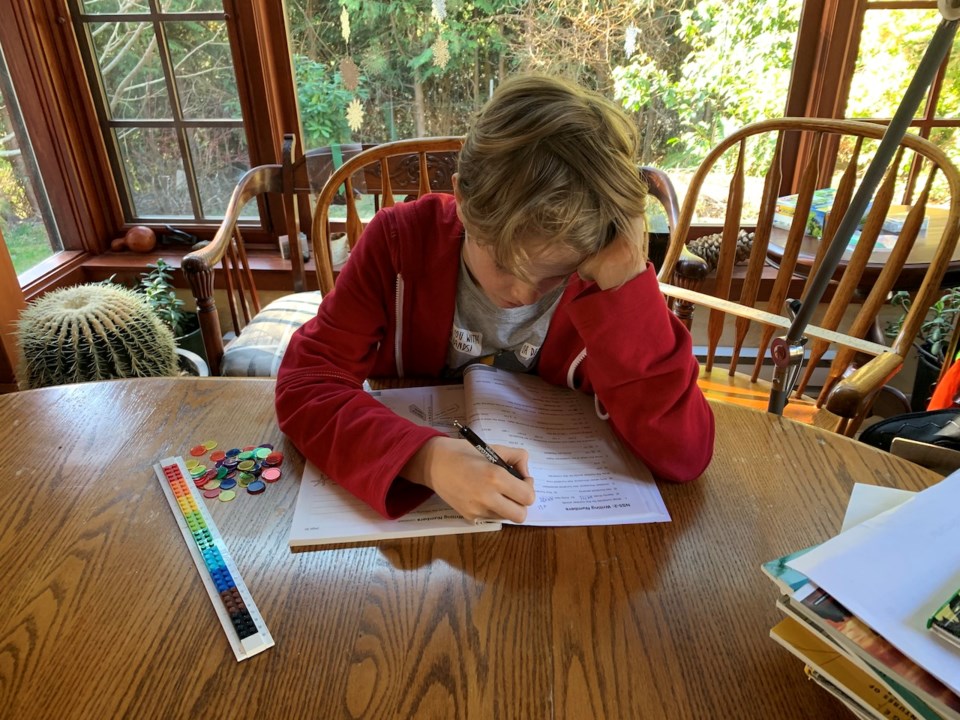Education minister said what? Until further notice? Ulp!
Around the province, the country, the world, parents are feeling dismayed by the Covid-19 school closures. The logistical challenges of children being out of school are significant for most. And there are social impacts as well; Without playdates or social contact at school this is going to be hard for our kids. And beyond these challenges, what will our kids do at home, and how can we make sure their education isn’t negatively affected? We can hear you asking yourself: “How on earth am I going to do this? I’m not a teacher!” Relax, this we can help you with.
Hopefully the province will put in place some learning support, such as access to online courses or even teleconference classes, and when that happens we can talk more about these and other resources. In the meantime, here are some ideas about what homeschooling really looks like, manageable and adaptable to your family.
Firstly, remember this: you may not be a qualified teacher, but honestly, your love and faith in your kids make up for that. If your kid has confidence that you are there to support them be the best they can be, you will figure it out together.
Secondly, none of this really needs to look like school. It would feel too rigid and likely won’t suit your family rhythm, and so will be hard to sustain. Having said that, it helps to develop a routine each day - kids love and come to depend on routine. Build in some signalling of when study begins and ends, so that it doesn’t just feel interminable. For younger kids, reading aloud became a great way to let everyone know we were starting our time. Maybe a relevant video or similar at the end of the session as a relaxing sign off and then bookend the study time with free time. Once they get used to this routine, you won’t have to battle to make them get down to work.
What does study time look like? It doesn’t need to be at the dining table or at a desk. It can be in any space that feels appropriate to the child. We would encourage you to keep all needed books and materials in one place, because an awful lot of time can be spent wandering around looking for things. However beyond that it is natural for kids to move from space to space. Just know that the teen who says they want to work in their bedroom is basically not working. That’s just science. They need you to help them self-regulate and you need to be able to see the screen.
Independent sustained focus is hard for kids. It is unrealistic to expect that you can give them a worksheet and they will bring it back to you completed. On the other hand you don’t want to end up doing the whole thing for them. We find that working alongside them seems to really help them to feel focused and grounded. I plan some part of my day’s work that I can do close to where they are working, such as computer work, bookwork, or even ironing. So long as it captures my attention but is also instantly interruptible, so that they can ask questions or be coaxed back to work.
Above all, don’t forget that the relationship you have with your children is what is most important. Your children will always remember this worrying and extraordinary time, but they will also remember this as a time of connection and being home. Take a deep breath, you’ve got this!
Jeni Redekopp and Melissa Harrison have been homeschooling with Island Discovery for about nine years, with kids from kindergarten to grade 8.



